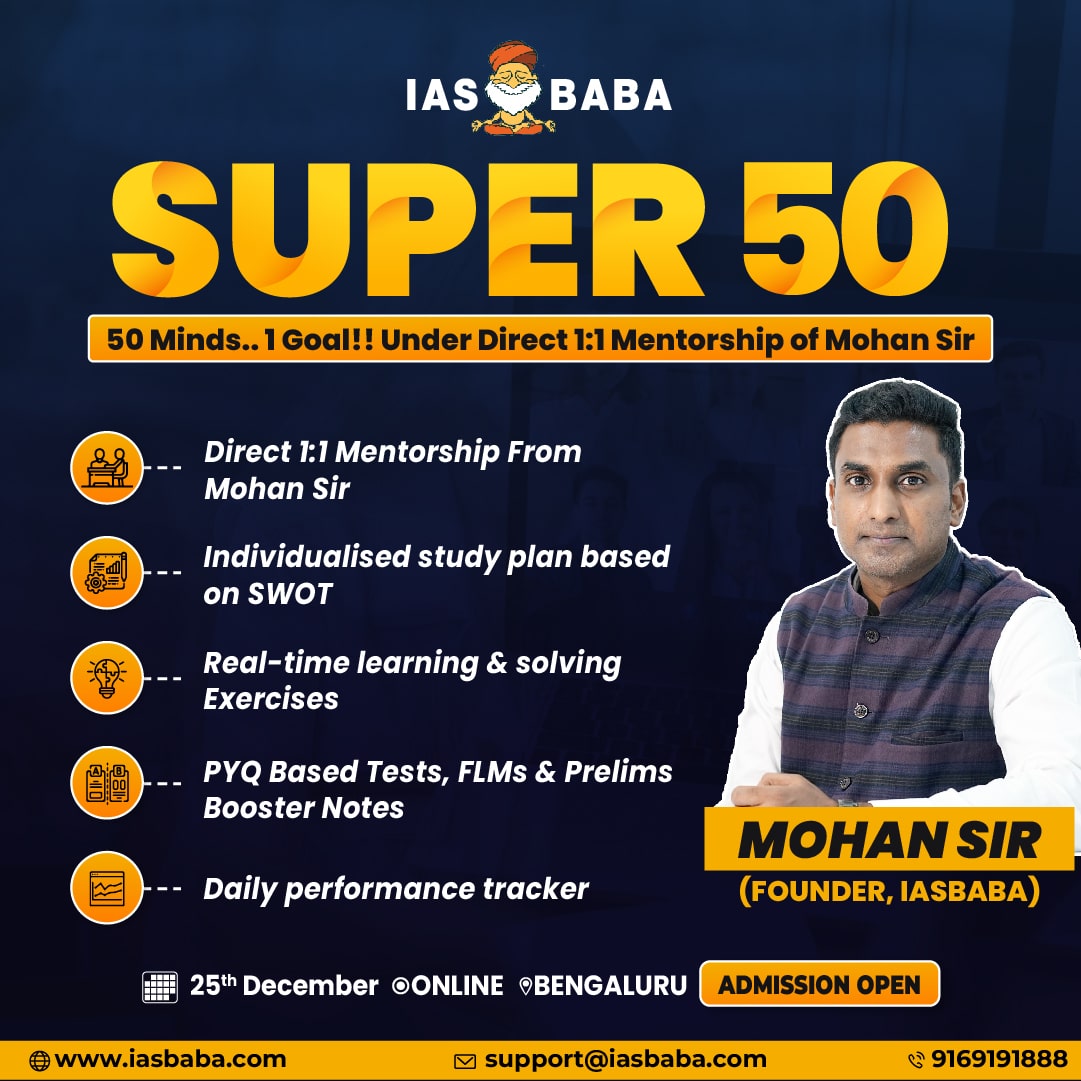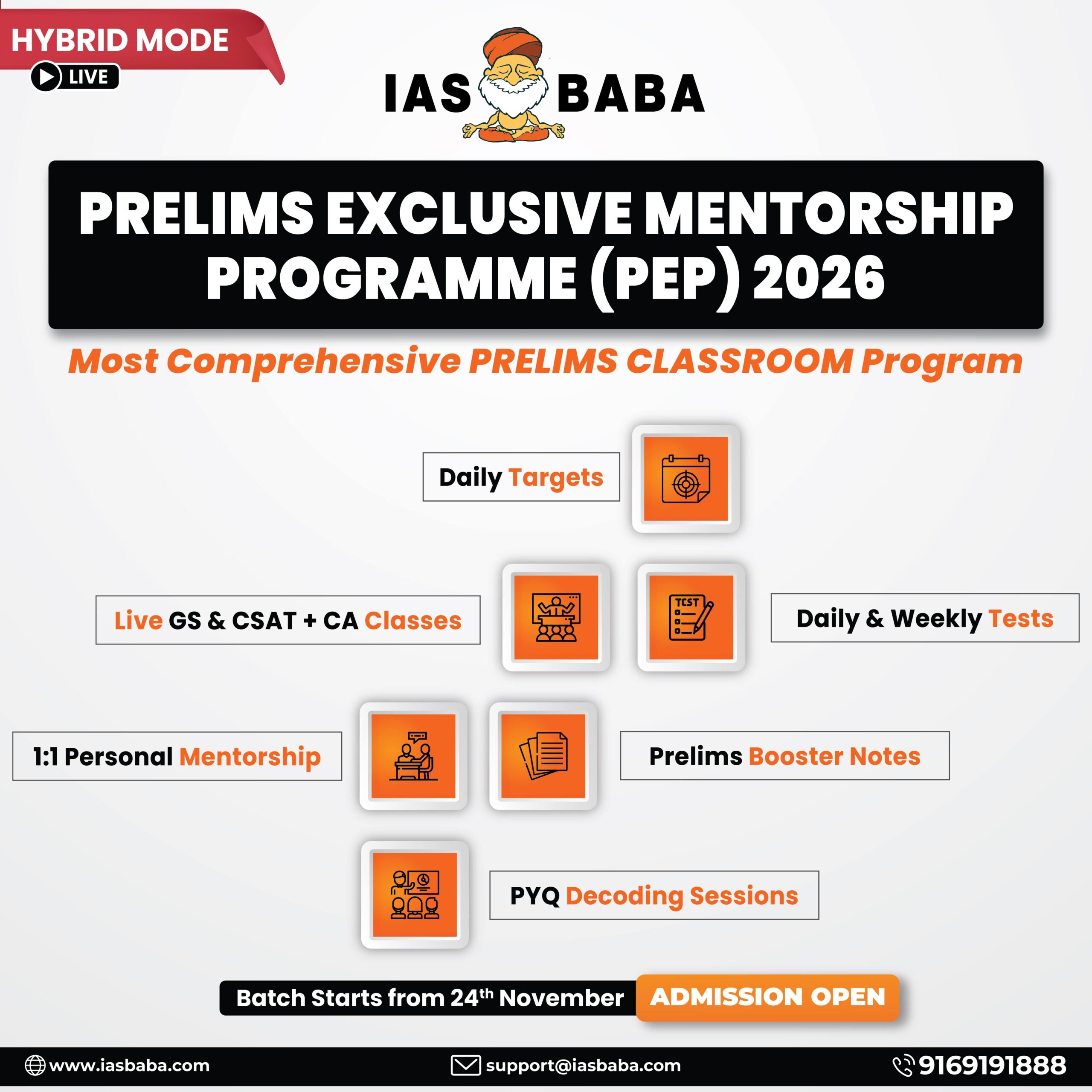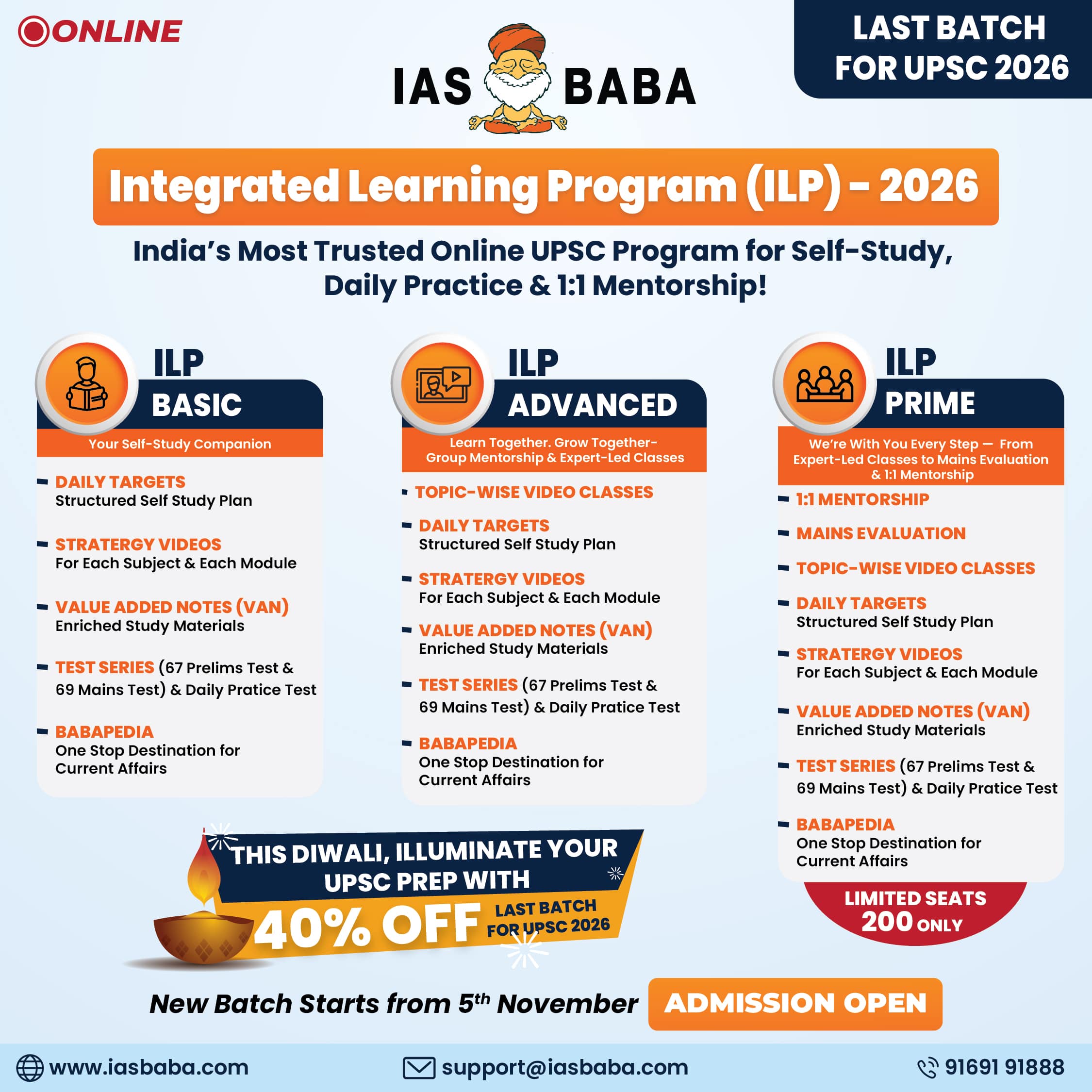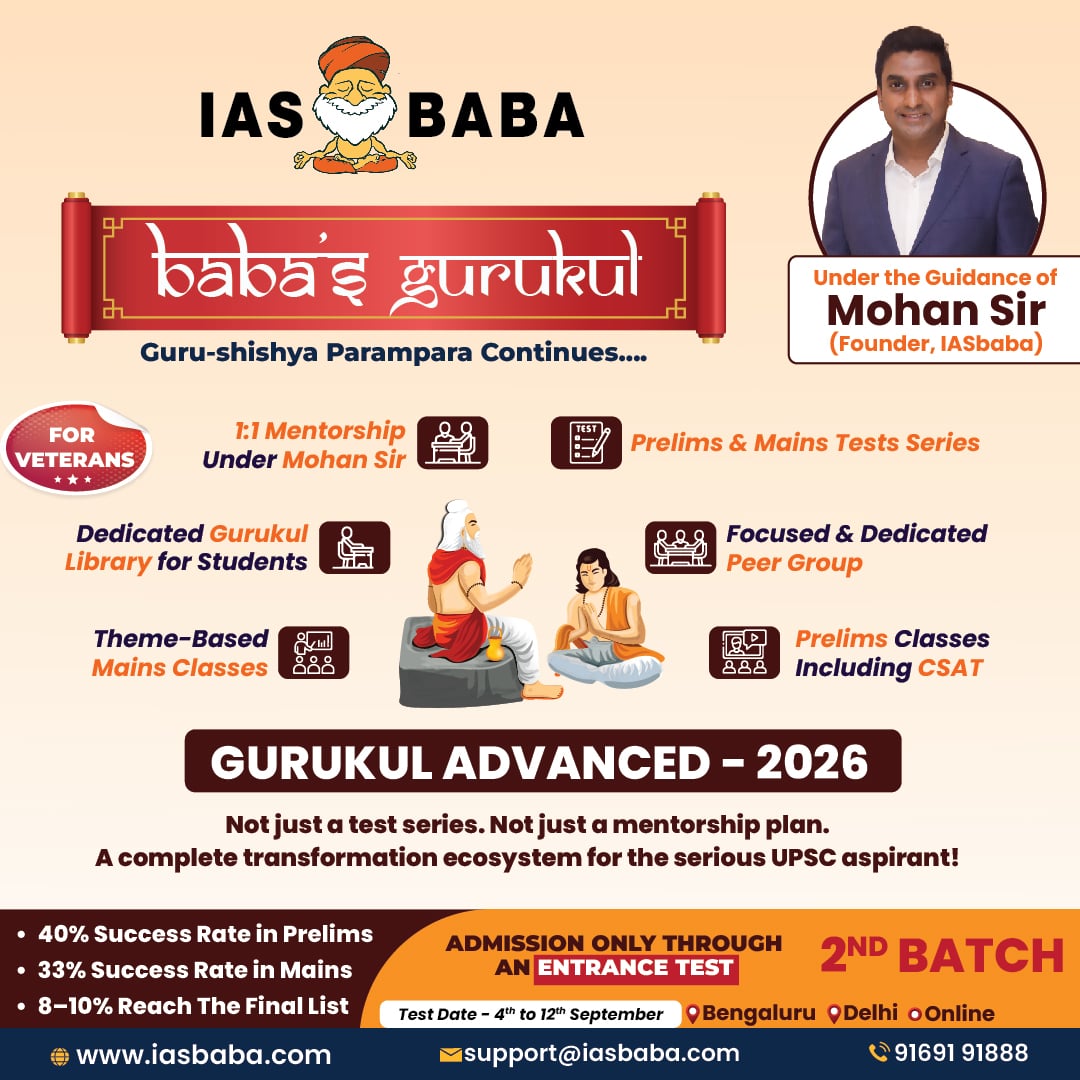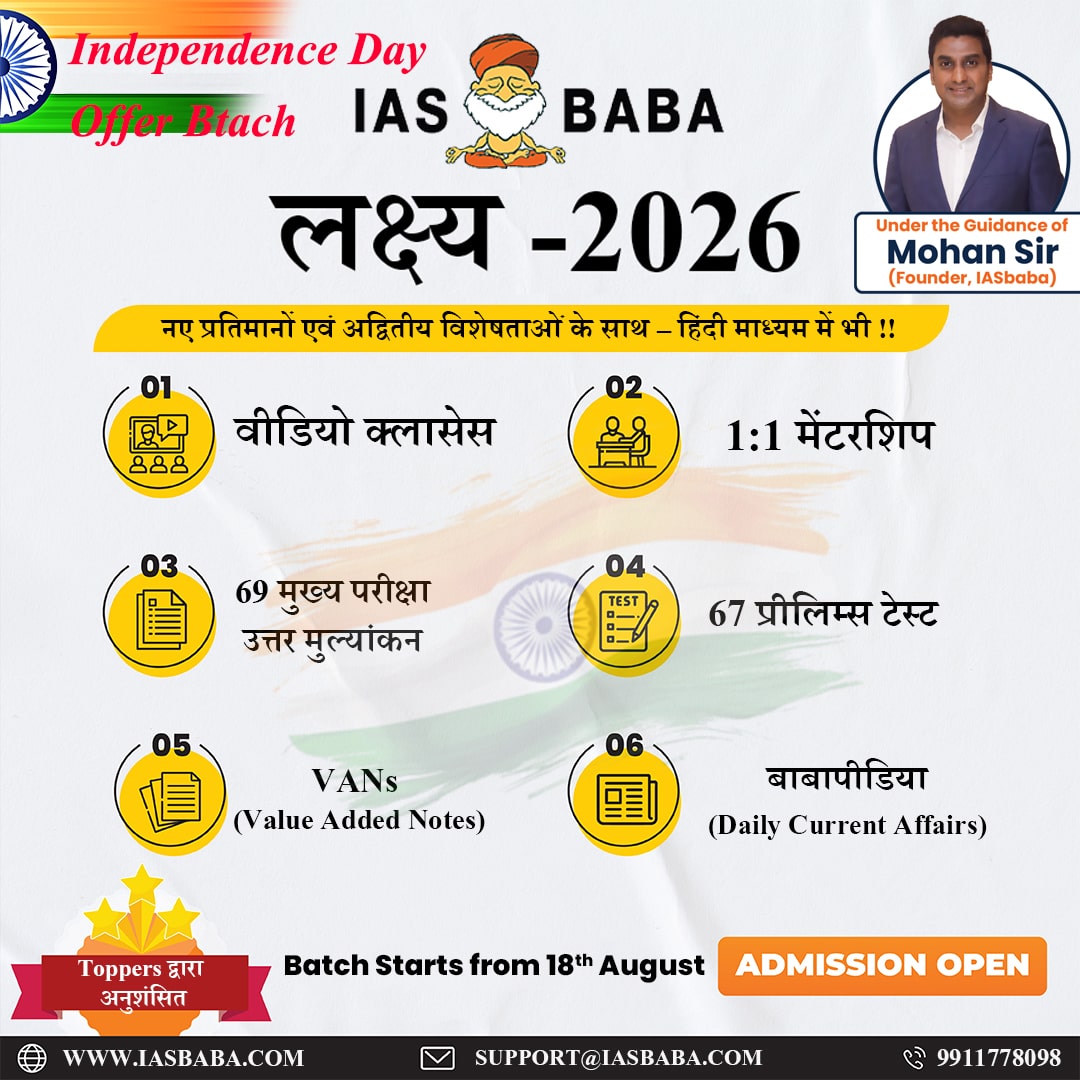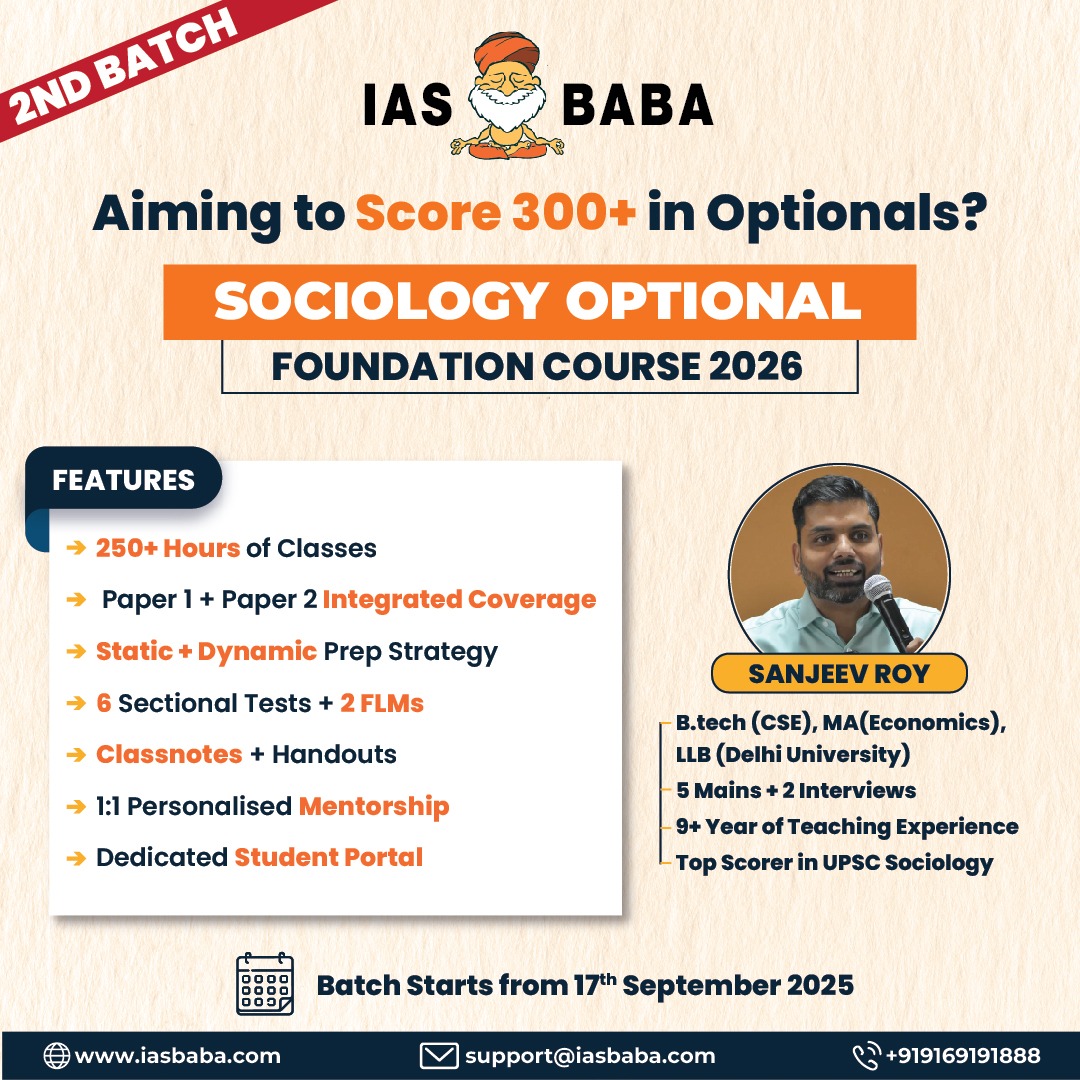Indian History & Post-Independence, TLP-UPSC Mains Answer Writing
Q.2. What insights do the archaeological remains of the Indus Valley Civilization provide about the evolution of religious and artistic traditions in early India? How are they still relevant to modern times? (150 words, 10 marks)
Introduction
The Indus Valley Civilization (c. 2500–1900 BCE), seen in sites like Mohenjo-daro, Harappa, and Dholavira, gives us the earliest proof of India’s religious, artistic, and urban traditions. John Marshall called it a culture of “artistic and civic sophistication unparalleled in the ancient world.”
Body
Insights into Religious Traditions
- Proto-Shiva Imagery: The Pashupati seal shows a horned deity seated in a yogic posture, possibly an early form of Shiva, suggesting ascetic and yogic traditions had prehistoric roots.
- Mother Goddess Figurines: Terracotta female figures with elaborate headdresses are seen as symbols of fertility worship, indicating the early presence of Shakti-related cults.
- Animal and Nature Worship: Seals depicting bulls, elephants, and trees suggest animistic elements and sacred animals, many of which are still revered today (e.g., Nandi, Peepal tree).
- Fire Altars (Kalibangan): Presence of fire pits suggests ritualistic fire worship, prefiguring Vedic yajnas.
- Symbolism: Use of motifs like the swastika, which later became an auspicious symbol in Hinduism, Buddhism, and Jainism.
Insights into Artistic Traditions
- Figurines and Craftsmanship: The bronze Dancing Girl and bearded Priest-King statue reflect aesthetic sensibility, detailed human portrayal, and metalworking skills. Terracotta Art: Clay toys, animal figurines, and masks suggest art was not only religious but also folk and recreational in nature.
- Pottery Designs: Painted motifs and geometric patterns indicate a sense of visual rhythm and symmetry, foundational to Indian decorative art.
- Steatite Seals: Detailed animal carvings with inscriptions reflect both artistic refinement and symbolic communication.
Relevance to Modern Times
- Continuity in Worship Practices: Worship of Shiva, Shakti, sacred animals, trees, and fire rituals are still integral to Indian religious life.
- Cultural Symbols: The swastika, yogic postures, and nature-based deities remain part of daily rituals and popular culture.
- Artistic Legacy: Techniques seen in pottery, metal craft, and terracotta continue in Indian village crafts and heritage art forms.
- Urban Planning Ethos: Emphasis on cleanliness, drainage, and spatial organization resonates with the Smart City Mission and ideas of sustainable living.
Conclusion
The Indus Valley’s cultural legacy continues through religious rituals, rural crafts, and civic ideals. From Dholavira’s UNESCO status to Smart City initiatives, India integrates ancient wisdom into modern urban and spiritual life.



